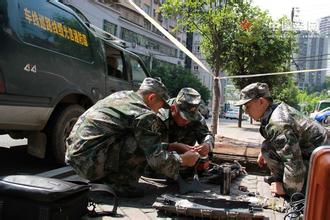
The feeder cabling will eventually need to convert to smaller distribution cables. This is achieved at the first point of flexibility within the FTTH network and is generally known as the first concentration point (FCP). At this stage the feeder cable fibres are separated and spliced into smaller groups for further routing via the outgoing distribution cables.
Note: all fibre termination points within the FTTH network should be treated as points of flexibility in terms of providing fibre routing options. The term FCP is used throughout the Handbook as a generic name for all of these points, and classified as “primary” or “secondary” depending on its position within the network.
Ideally, the primary FCP should be positioned as close to subscribers as possible, reducing subsequent distribution cable lengths thus minimising additional construction costs. In principle, the location of the primary FCP may be determined by other factors such as the location of ducts and access points.
The FCP unit may take the form of an underground or pole-mounted cable joint closure designed to handle a relatively high number of fibres and connecting splices. Alternatively, a street cabinet structure may be used. In either case, entry and further re-entry into an FCP will be required to configure or reconfigure fibres or to carry out maintenance and conduct fibre testing. Where possible this activity should be conducted without interference to existing fibre circuits. Although guaranteeing this is not possible, newer pre-connectorized plug-and-play solutions are available that eliminate the need to access closures, which helps to reduce faults and building errors.
Underground and pole-mounted cable joint closures are relatively secure and not visible, however immediate access may be difficult as special equipment is necessary. Security and protection from vandalism should be considered for street cabinet based FCPs.